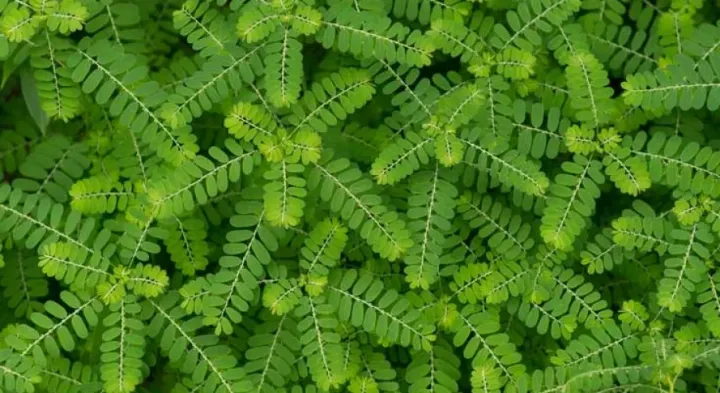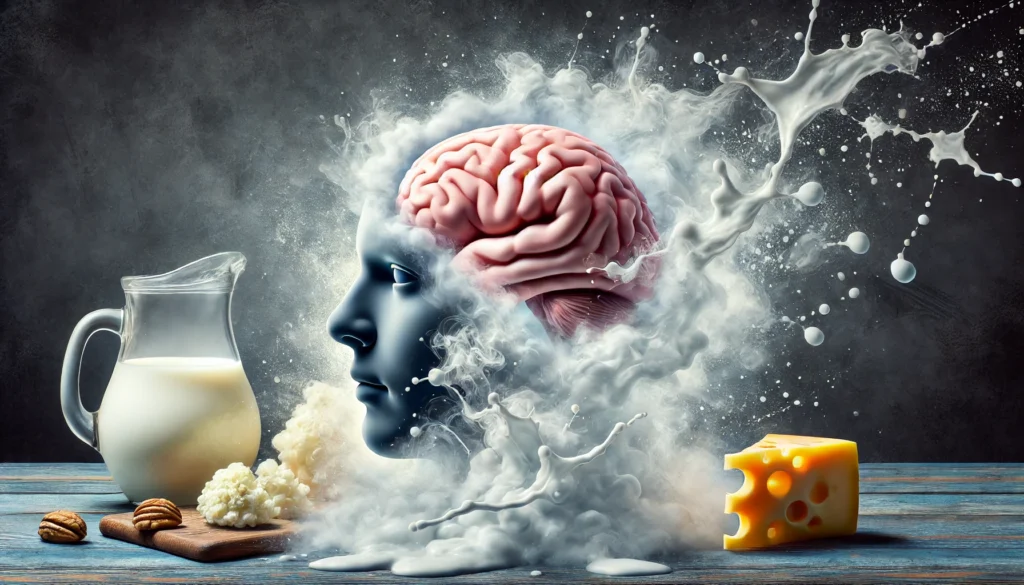Unraveling the Mysteries of Piper Methysticum - A Deep Dive into Kava's Relaxation Properties

What is Kava?
Kava, also known as Piper methysticum, is a tropical evergreen shrub native to the Pacific Islands. It has been used for centuries in traditional ceremonies and social gatherings for its relaxation properties. The plant's roots contain compounds called kavalactones, which are responsible for its tranquilizing effects.
Chemical Composition
Kava's roots contain a mixture of bioactive compounds, primarily kavalactones, which are responsible for its relaxation properties. The six main kavalactones present in kava are:
- Kavain
- Dihydrokavain
- Methysticin
- Dihydromethysticin
- Yagonin
- Desmethoxyyangonin
Traditional Uses
Kava has been an integral part of Pacific Island cultures for centuries. It is used in various ceremonies, social gatherings, and as a natural remedy for:
- Anxiety and stress relief
- Insomnia and sleep disorders
- Pain management
- Muscle relaxation
Modern Research
Recent studies have validated kava's traditional uses, showing its effectiveness in reducing anxiety and stress levels. Kava has also been found to have potential benefits for:
- Cognitive function and focus
- Mood enhancement
- Addiction recovery support
The Science Behind Kava's Relaxation Properties
Kava, a plant native to the Pacific Island region, has been used for centuries to promote relaxation and reduce anxiety. But what makes kava so effective? Let's dive into the science behind its relaxation properties.
Chemical Composition of Kava
Kava contains over 100 different varieties, each with unique properties. The roots of the plant are used to make a paste or drink that contains a mixture of bioactive compounds, including kavalactones, flavokavains, and alkaloids. These compounds interact with the brain and nervous system to produce a range of effects.
How Kava Affects the Brain
The roots of the kava plant contain a high concentration of kavalactones, which are responsible for its relaxation properties. Kavalactones interact with the brain's GABA receptors, increasing the activity of this neurotransmitter and leading to a sense of calm and relaxation.
In addition to its effect on GABA, kava also influences the brain's dopamine and serotonin systems, which can help to reduce anxiety and improve mood. The combination of these effects makes kava an effective natural remedy for stress and anxiety.
The Relaxation Response
When we experience stress, our body's "fight or flight" response is triggered, leading to increased heart rate, blood pressure, and cortisol levels. Kava helps to counteract this response by inducing a state of relaxation, reducing muscle tension, and promoting a sense of calm.
The relaxation response induced by kava has been shown to have a range of benefits, including reduced anxiety, improved sleep quality, and enhanced cognitive function. By promoting relaxation and reducing stress, kava can help to improve overall well-being.
Cultivation and Preparation
Traditional Growing Methods
Kava is traditionally grown in the Pacific Islands, where it has been an integral part of the native culture for centuries. The ideal climate for kava cultivation is in regions with high humidity and warm temperatures, making the Pacific Islands an ideal location. Kava is typically grown from cuttings, which are planted in nurseries and later transferred to fields. It takes around four years for the plant to mature, at which point it is harvested for its roots.
Harvesting and Preparation
The roots of the kava plant are carefully dug up, cleaned, and then ground into a fine paste. This paste is mixed with water to create a relaxing beverage. The traditional method of preparation involves grinding the roots against a stone or using a mortar and pestle. The resulting liquid is then strained and served in ceremonial bowls or coconut shells.
Health Benefits and Side Effects
Unlocking the Therapeutic Potential of Kava
Kava, derived from the roots of the Piper methysticum plant, has been used for centuries in traditional medicine to promote relaxation and reduce anxiety. Modern research has validated these uses, revealing a complex interplay of bioactive compounds that contribute to its therapeutic effects.
Anxiolytic Properties and Relaxation
Studies have consistently shown that kava supplementation can significantly reduce anxiety levels, promoting a sense of relaxation and calmness. This is attributed to the interaction of kavalactones with the brain's GABA receptors, enhancing the activity of this neurotransmitter and inducing a tranquilizing effect.
The Dark Side: Potential Side Effects and Contraindications
While kava offers numerous health benefits, excessive consumption can lead to adverse effects. The most concerning risk is liver damage, which has been linked to prolonged use of high doses. Other potential side effects include:
- Dizziness and drowsiness
- Stomach upset and nausea
- Headaches and fatigue
- Interactions with certain medications, such as blood thinners and antidepressants
It is essential to approach kava supplementation with caution, consulting with a healthcare professional to determine a safe and effective dosage regimen.
Conclusion
Kava, the plant of the Pacific Islanders, has been a subject of fascination for centuries. Its unique properties and cultural significance make it a remarkable herb, worthy of exploration.
A Rich History and Cultural Significance
Kava (Piper methysticum) is a plant with a rich history, deeply rooted in the cultural and traditional practices of the Pacific Island communities. For centuries, it has played a significant role in ceremonies, rituals, and social gatherings, promoting relaxation, socialization, and a sense of community.
Relaxation Properties and Moderation
The relaxation properties of kava make it a popular herbal remedy for anxiety, stress, and insomnia. However, it is crucial to consume kava in moderation, as excessive consumption may lead to adverse effects. Responsible use and awareness of its potency ensure a safe and beneficial experience.
In conclusion, kava is a unique plant with a rich history and cultural significance. Its relaxation properties make it a popular herbal remedy, but it should be consumed in moderation. By embracing kava's benefits while respecting its potency, we can unlock its full potential and promote a deeper understanding of this remarkable herb.













Comments ()